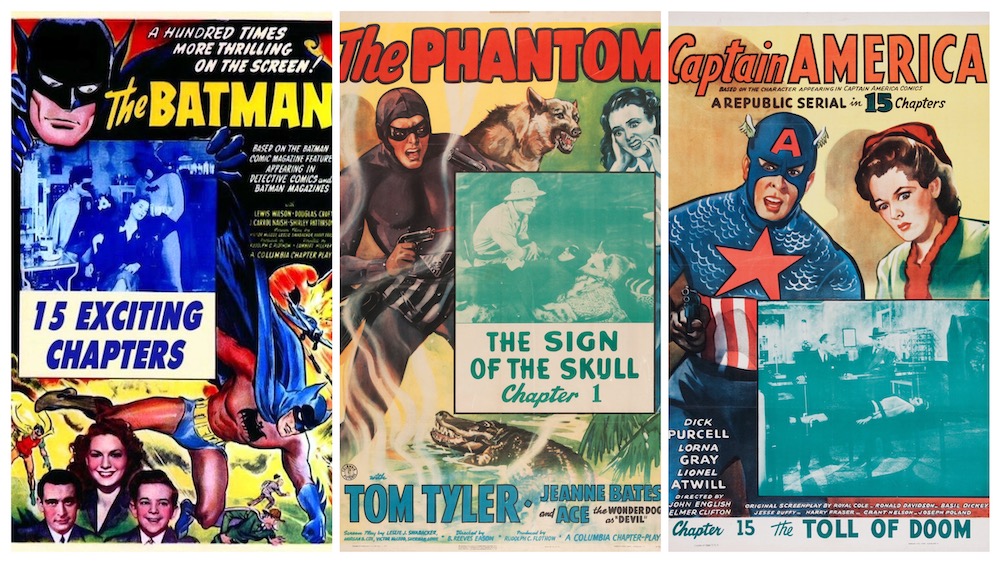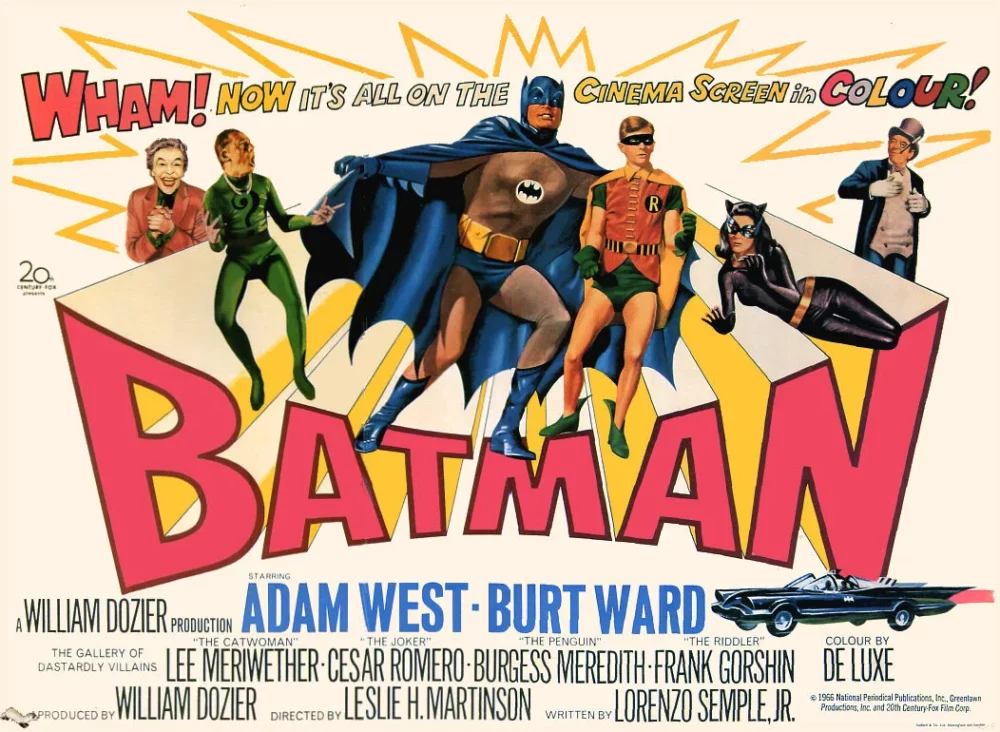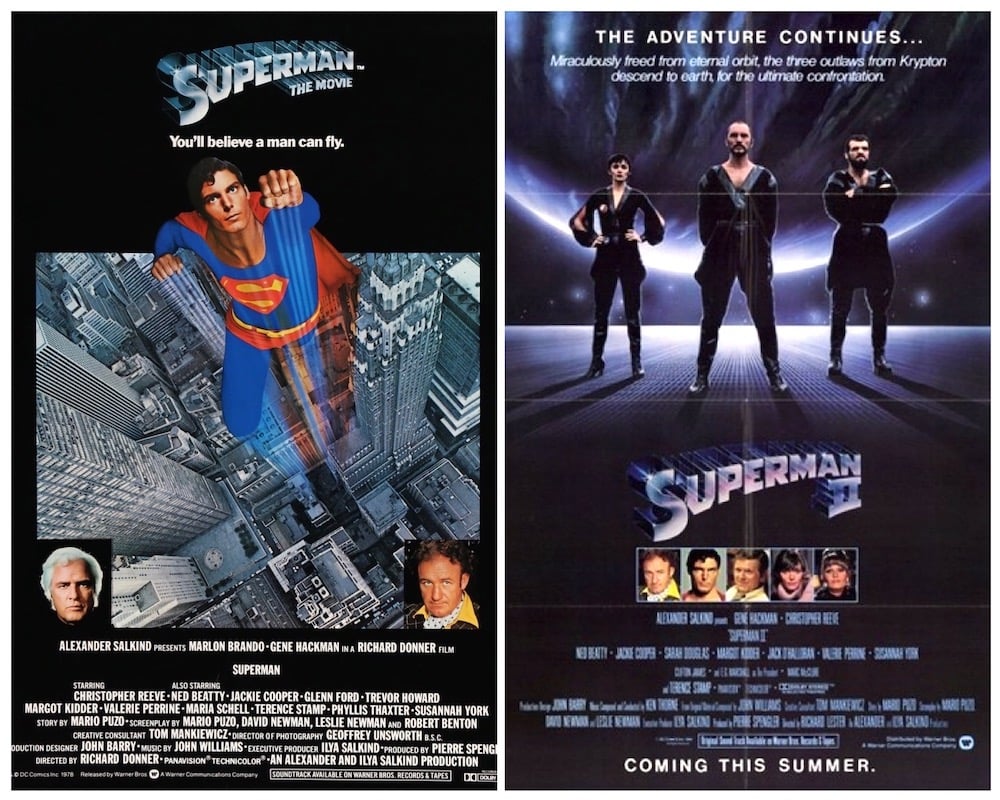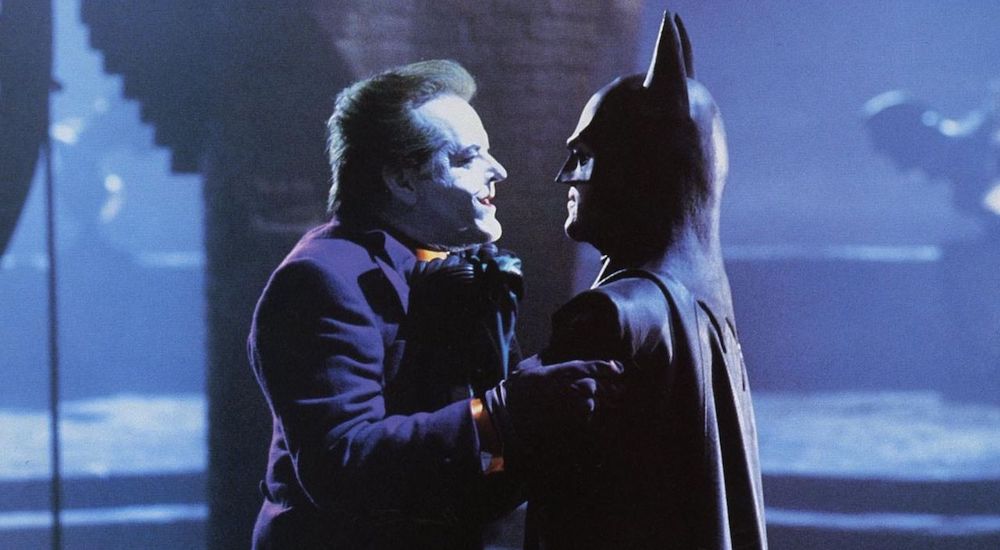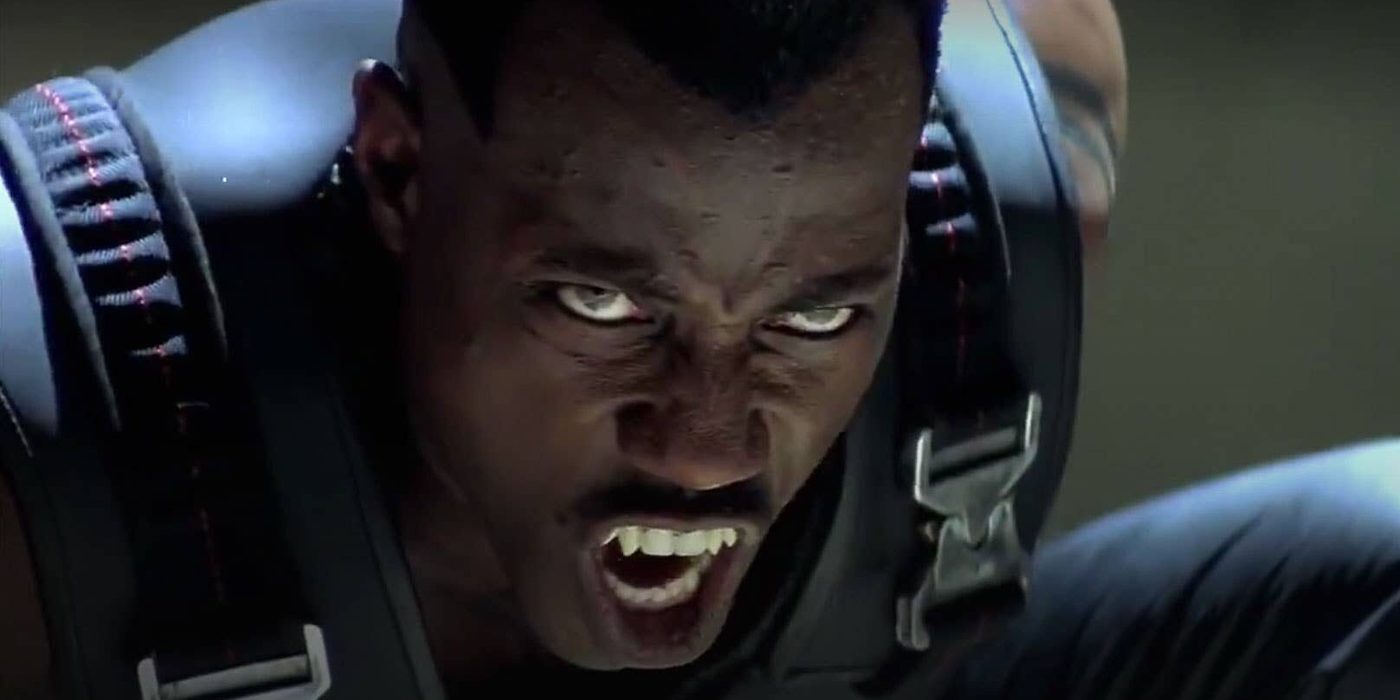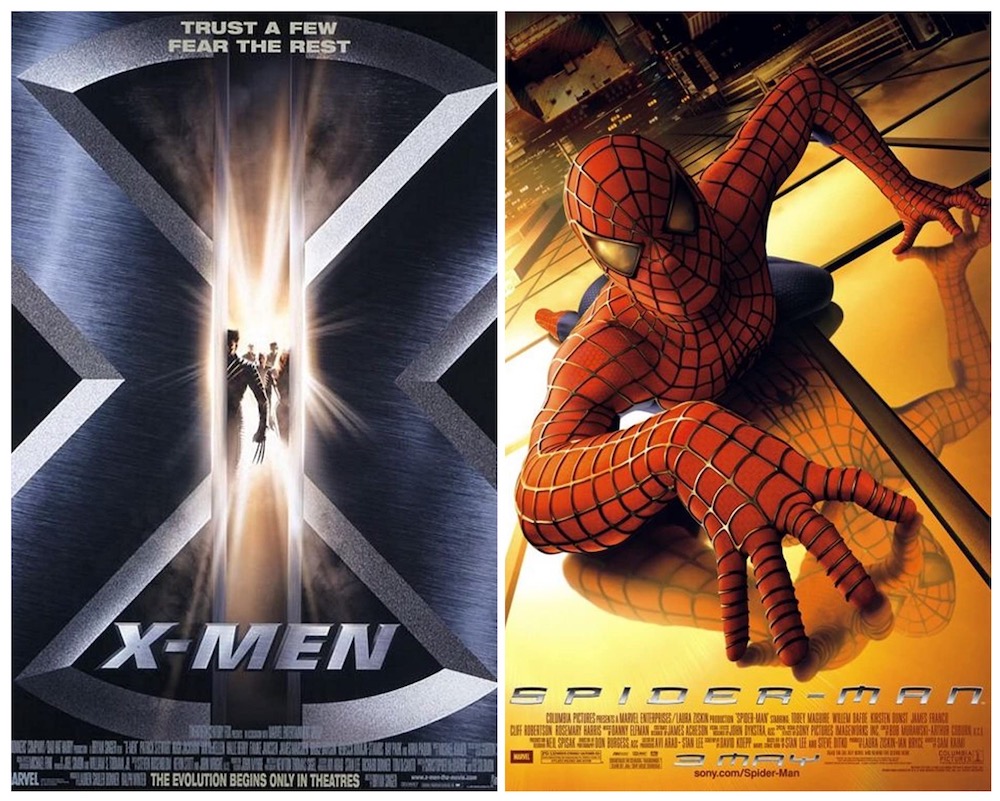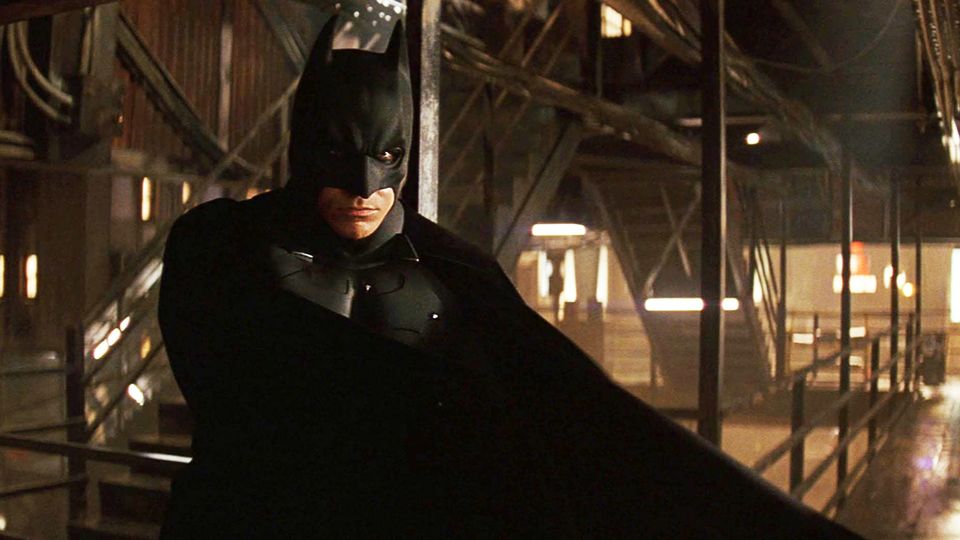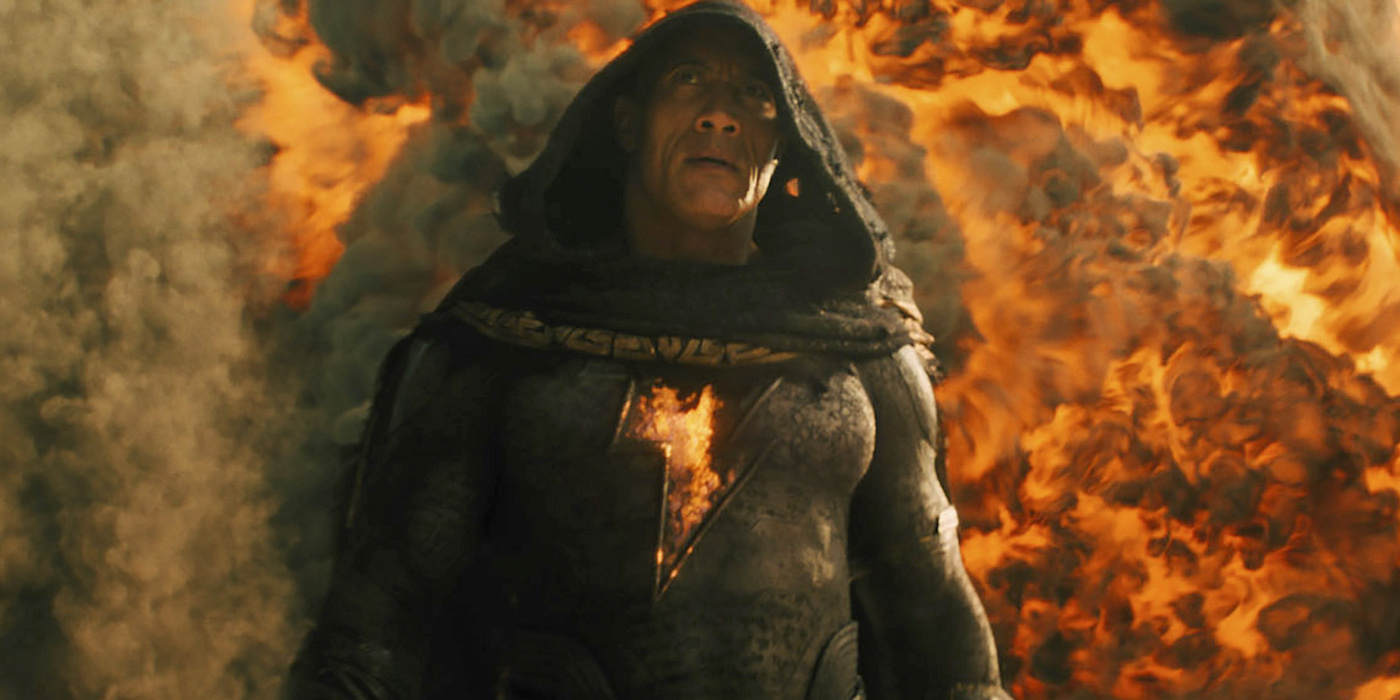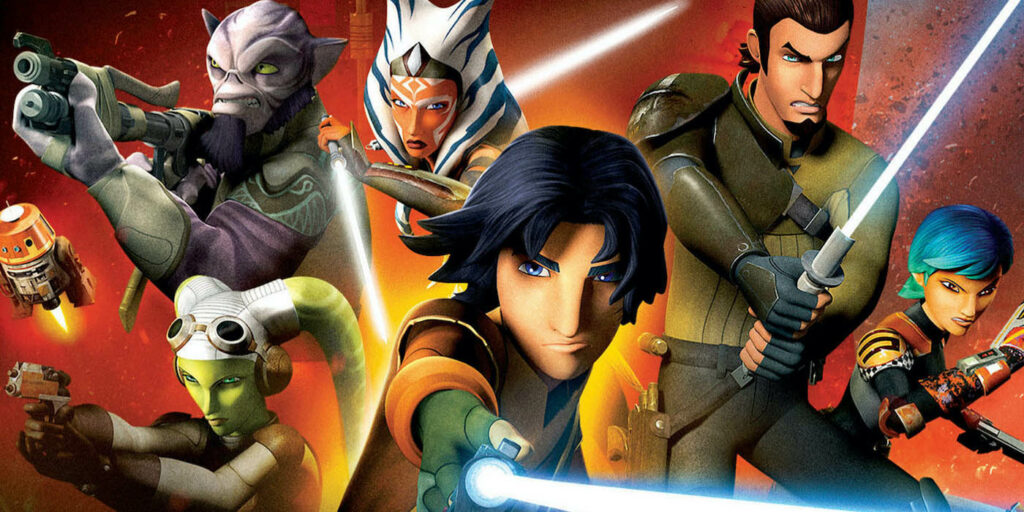A Short History of Superheroes & Cinema – How Comics Took Over
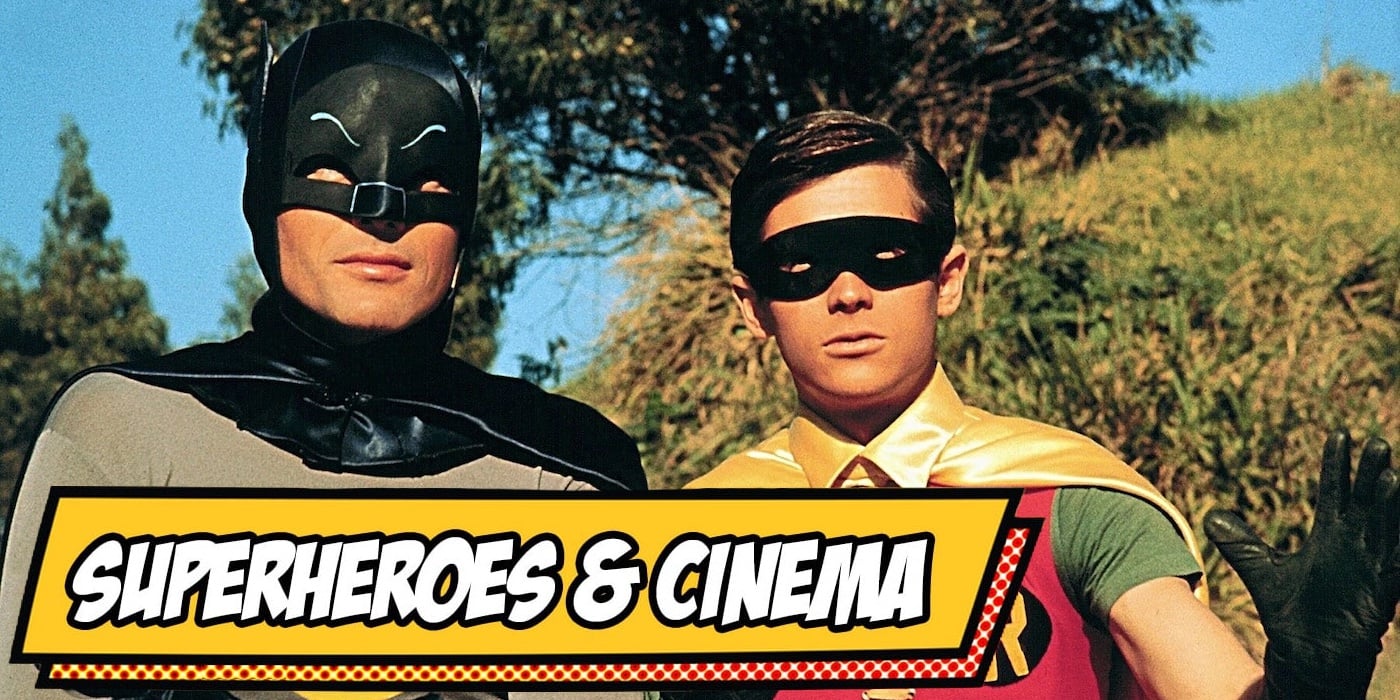
Comics have taken over Hollywood and changed the movie landscape forever. Take look back at how superheroes and cinema became so intertwined.
Comics have taken over Hollywood. There’s no doubt about that. Theater and streaming service calendars are filled with an overgrowing collection of new titles packed with heroes, villains, and team-ups. While they didn’t wield the box office power they do now, comic book movies have been with us for a long time. Let’s take a look back at where this whole thing started.
The Serials & Early Days
The first time a caped comic book hero hit the silver screen was in 1941 with the Adventures of Captain Marvel (the DC character we know as Shazam). It was a twelve-chapter serial from Republic Pictures. It starred Frank Coghlan Jr. as Billy Batson, a young man that transforms into a superhero. Captain Marvel fights a hooded supervillain called the Scorpion in a stilted story. Due to technical limitations, it’s got comic book elements but is much closer to an adventure story.
Superheroes serials went out toward the end of the decade thanks to an overall decline in the format. 1949’s Batman and Robin and 1950’s Atom Man vs. Superman were the last superhero series released.
The first full-length superhero feature arrived in 1951 with DC’s Superman and the Mole Men with George Reeves. It’s a moral tale that sees Superman taking punches/gunshots while lecturing the residents of a small town about being good people. It was a test for the TV series launched in the 1950s where onscreen superheroes would live for more than another decade, thanks to the juvenile delinquency hearings in the 1950s.
Superheroes Move to Television
Adventures of Superman ran until 1958, and several spin-offs were attempted after George Reeves died. None of them got off the ground, and Superman wouldn’t be seen on screen for several more decades. Superman fought crime lords and gangsters in the show rather than outlandish supervillains. The first several seasons had a film-noir/crime drama feel and were more serious.
The noir was pushed aside for a more whimsical comic book approach when the show started filming in color. The hero dealt with a kryptonite-powered robot and atomic-aged baddies – including an atomic bomb. The light and fantastical approach would carry over into DC’s next TV project.
DC’s campy and intentionally comedic Batman series starring Adam West and Burt Ward was aimed at teens. As well as taking down iconic bad guys using batlogic, Batman taught lessons about the importance of wearing seat belts, doing homework, and eating vegetables. It is very swinging 60s, bright, loud, cartoonish, and totally over the top with the bad one-liners and puns. This take on Batman didn’t last long. It ran for two years before being canceled due to low ratings.
Superheroes Return to the Big Screen
The show’s popularity convinced 20th Century Fox to jump back to the big screen. Batman’s first full-length movie was released between seasons one and two of the show. It combines all the villains for one big plot and contains some classic comedic scenes.
It would be another twelve years until a superhero made a splash on the big screen. Richard Donner’s Superman: The Movie was the start of what we now know as superhero movies – especially origin stories. It takes itself seriously enough and has just the right amount of scope (the story is by Mario Puzo, who wrote The Godfather). Christopher Reeves realistically balances mild-mannered Clark Kent and Superman; the chemistry between him and Margot Kidder is wonderful. Gene Hackman is a fantastically smarmy Lex Luthor with very on-trend late-70s lair.
It was followed up by Superman II, filmed simultaneously by Richard Donner. He was controversially fired with 75% of the sequel done. Richard Lester was given the job – he made some pretty significant changes to the original script and did some extra shooting to finish the movie.
More than forty years later, the pair are considered two of DC’s best movies and some of the best superhero movies ever made.
More Superman movies were made but to diminishing returns and ratings. Superman III is a buddy comedy gone wrong, and the addition of frat boy/evil Superman is flat-out bad. Supergirl was a sexist mess, and Superman IV: The Quest for Peace is stupid and unwatchable. Due to the expensive run of flops, Superman wouldn’t make it back to the big screen till 2006.
The one to save the future of comic book movies came in a darker package.
Director Tim Burton brought a new Batman to the screen, one that didn’t carry shark spray or have catchphrases. Batman hit theaters in 1989 and became a zeitgeist of the time with its slick look, a fantastic soundtrack, and Jack Nicolson as a terrifying Joker. It ushered in the dark and gritty Batman that was already the star of groundbreaking comics by the likes of Frank Miller and Alan Moore. Audiences readily accepted this darker vision in Batman and its follow-up (Batman: Returns), which has become a trademark of the character on screen.
The two big names weren’t the only ones to hit screens. The 1980s also brought fans two Swamp Thing movies. One from Wes Craven with Ray Wise that became a cult classic, and another from Jim Wynorski that didn’t – for very good reasons. Marvel released the horrible Howard the Duck and two forgettable made-for-TV Hulk movies. The first attempt at bringing Marvel’s Frank Castle to the screen came in 1989, with Dolph Lundgren in the lead role.
Everything Stalls in the 1990s
With the success of Burton’s Batman movies, Warner Bros. went full steam ahead with two more Batman movies from director Joel Schumacher. Warner Bros. ordered that moving forward, the movies had to be more kid and merchandise friendly. What resulted was a mix of the 1960s TV show and an acid trip. Both films failed critically and at the box office, but they’ve become cult classics.
While DC put their money into Batman, Marvel made a low-budget Fantastic Four in 1994. It was never released. The reasoning has never been made clear, but it was likely due to producer Bernd Eichinger wanting to hold onto the filming rights or Marvel not wanting a subpar movie to be seen by audiences.
The Three Movies that Made Marvel
At the end of the decade came the movie that would save Marvel and help put them on top – Blade. Wesley Snipes plays a vampire hybrid with martial arts skills, a vendetta, and a no-nonsense communication style. The movie took an unknown character from the 1970s and made him a modern action star. It was an unexpected hit (and the first for Marvel) that dropped at the right time.
Blade led to the comic book giant reorganizing its film division as Marvel Studios. They began licensing characters to Hollywood again, which started a resurgence of comic book movies. This time was different, though.
After Blade came the mutants. 20th Century Fox paired director Bryan Singer with the fan-favorite series X-Men. He took the IP in a modern, realistic direction that spoke to audiences and stayed true to its source. In Singer’s story, the mutants represent all of us. The production managed to get geeks and the mainstream into theaters and bring in $157 million at the box office.
One of Marvel’s biggest names – Spider-Man – arrived two years later and after rights issues were resolved. In the early aughts, MGM traded him with Sony for certain James Bond rights, and he’s been with Sony since. They gave the franchise to huge Spidey fan Sam Raimi, who was known more for his horror movies then. The director and actor Toby McGuire captured both sides of the character and struck a balance of fantastical and human. It was an instant blockbuster and brought in $821.7 million globally.
These three movies paved the way for the MCU.
Let’s See What Sticks
With comic book movies proven to be money makers and fandoms growing around them, Hollywood went all-in on Marvel. Sequels were made, and new characters like Daredevil and Ghost Rider were brought to the screen. Not all of it was great. Fox introduced Fantastic Four in two movies that didn’t do well. Even with several failures under their belt, it was clear Marvel was here to stay.
They weren’t alone, though. DC and Warner Bros weren’t sitting idly by. Instead of jumping directly back into their two most prominent names, they opted to make features based on characters like John Constantine, Steel, and Catwoman. Success varied. Then they decided it was time for Batman to return to the big screen and gave the character to director Christopher Nolan in 2005.
It was evident that comic book movies were poised to take over when Batman Begins hit theaters.
The Marvel Cinematic Universe
In 2006 Marvel Entertainment decided to start making its own movies instead of licensing characters to studios. They took out a $525 million line of credit with Merrill Lynch and started researching which character (of the ones they owned) should kick off their new studio. The initial thought was Captain America, but it wasn’t to be. According to film historian Ben Fritz:
To decide which film to make first, Marvel convened focus groups. But they weren’t convened in order to ask a random cross-section of people which storylines and characters they would most like to see onscreen. Instead, Marvel brought together groups of children, showed them pictures of superheroes, and described their abilities and weapons. Then they asked the kids which ones they would most like to play with as a toy. The overwhelming answer, to the surprise of many at Marvel, was Iron Man.
Iron Man came out in 2008. It rapidly took the character from tier-three to as well-known as Spider-Man in a weekend. Robert Downey Jr.’s take on Tony Stark presented a new kind of superhero that audiences immediately fell in love with.
What came next was a juggernaut led by President of Production Kevin Feige (now Chief Creative Officer of Marvel). Iron Man launched an interconnected series of movies that included standalone stories tied into a massive arc. Like comic books with significant cross-over events. The trinity of Iron Man, Captain America, and Thor led to The Avengers which grew into the Infinity Saga. The success of Marvel movies led the studio to be bought by Disney for $4 billion in 2009 and is now valued at over $10 billion.
And they’re not stopping any time soon. They have a slate of shows and movies that goes through the summer of 2026.
DC
While Marvel was empire-building, DC completed Nolan’s Batman trilogy and ventured into other properties. In 2009 they put out an adaptation of Alan Moore’s meta-commentary Watchmen. Then they tried to build their own universe in the same vein as Marvel. First up was 2011’s Green Lantern and 2013’s Man of Steel. They ended up partnering with director Zack Snyder for a universe of their own – one that brought the core members of the Justice League to the screen. It was a hit with a subset of fans. Successes like Wonder Woman and Shazam were peppered throughout that time.
The company has stumbled in its attempt to catch up with Marvel and is still finding its footing after its parent company went through a buyout. James Gunn was put in charge of the studio not too long ago. No idea where they go from here, but fans are hoping it will not be copying Marvel.
And Here We Are
The box office today isn’t too far from what you see on comic book store shelves. New characters are added every year, and new screen universes are being built. Oscar-caliber actors are signing on to projects, and screenwriters are looking to the pages of comics for new stories. Every studio wants its own superhero hits. Hollywood is driven by comic books, which seemed impossible when the serials were made in the 1940s.

